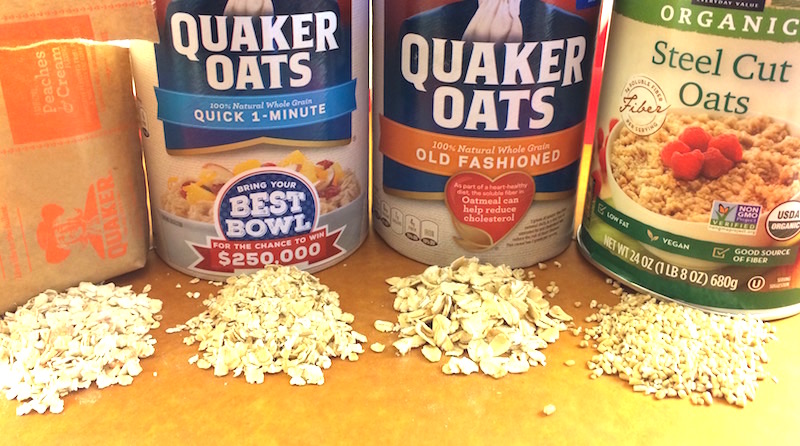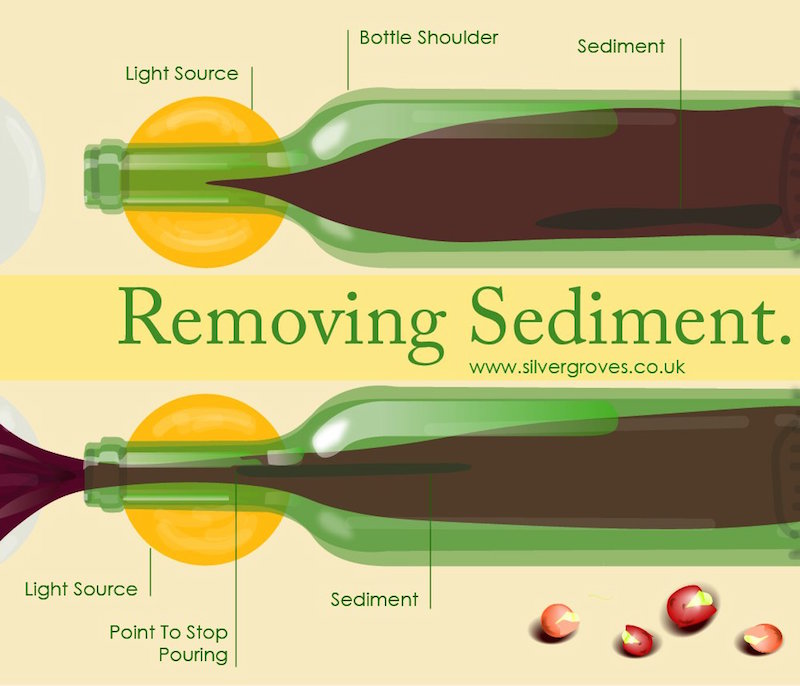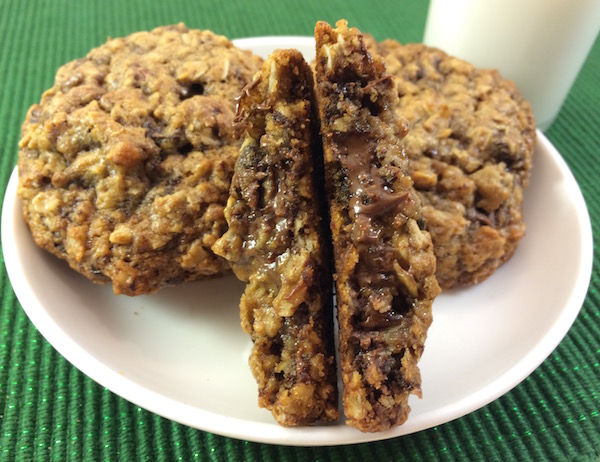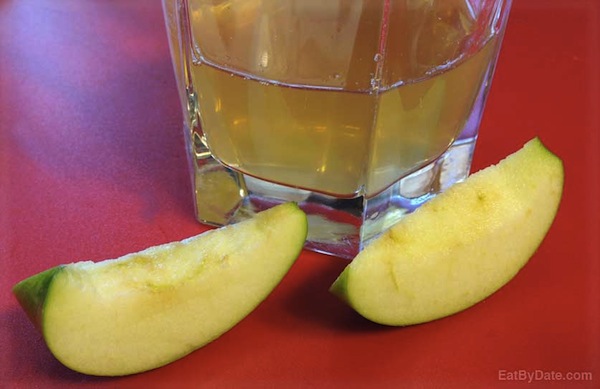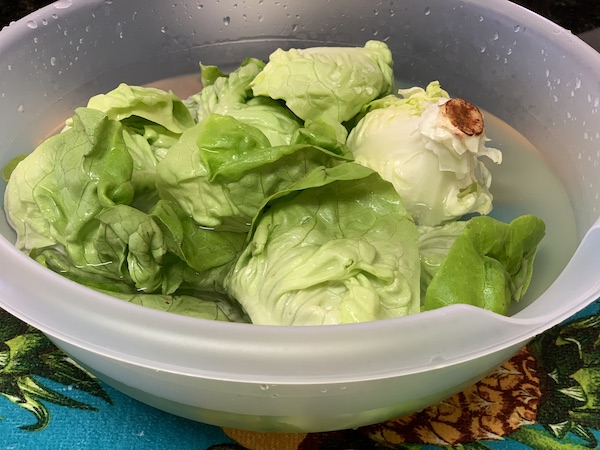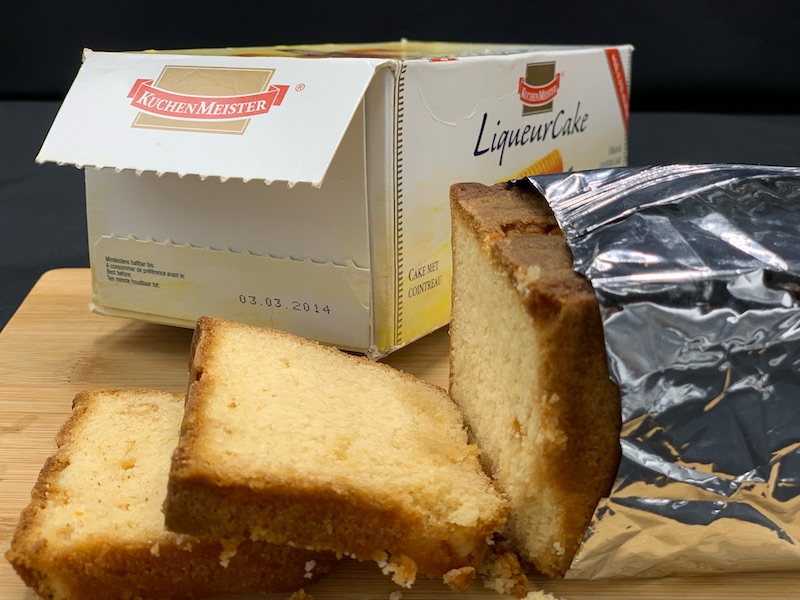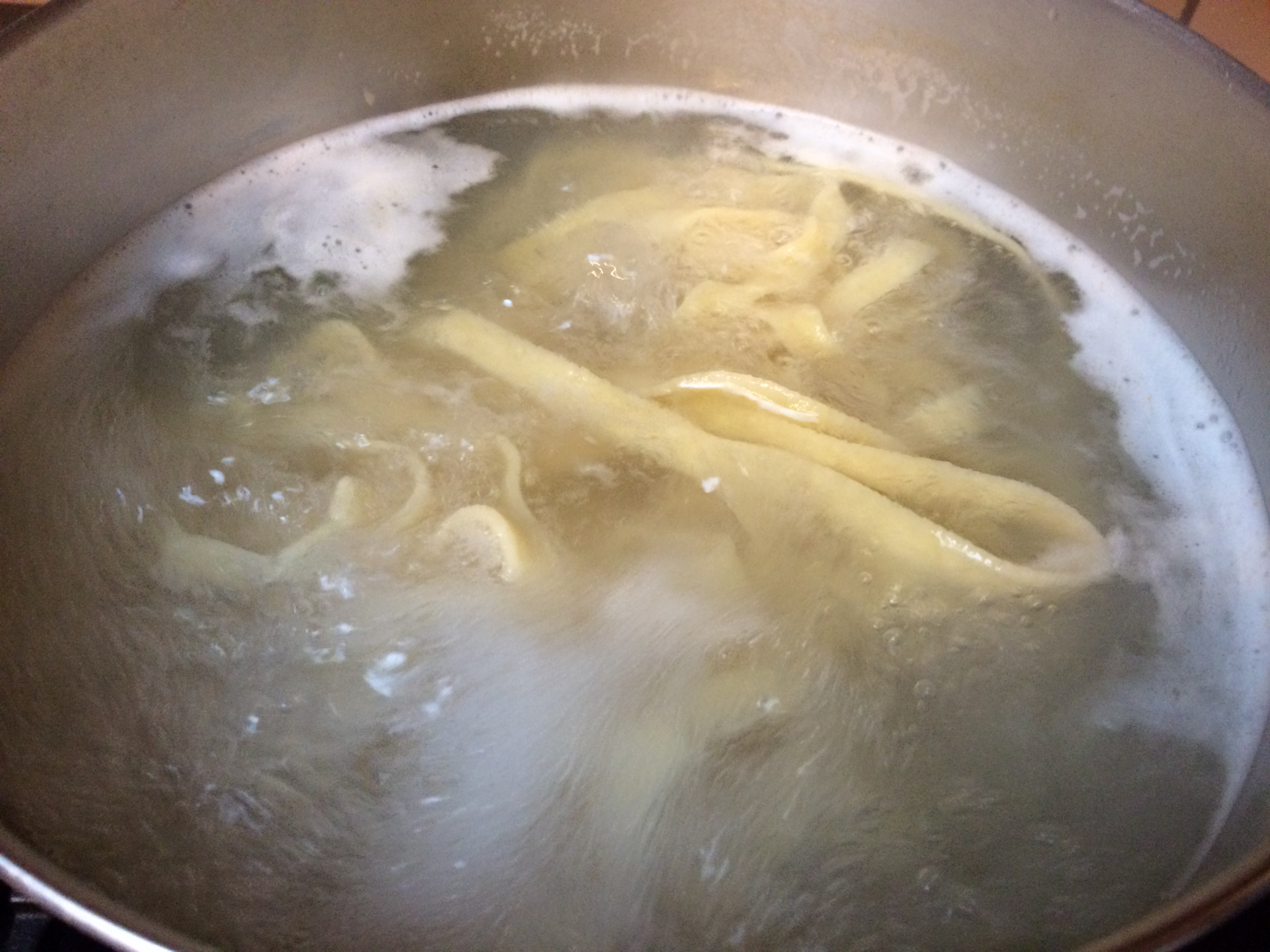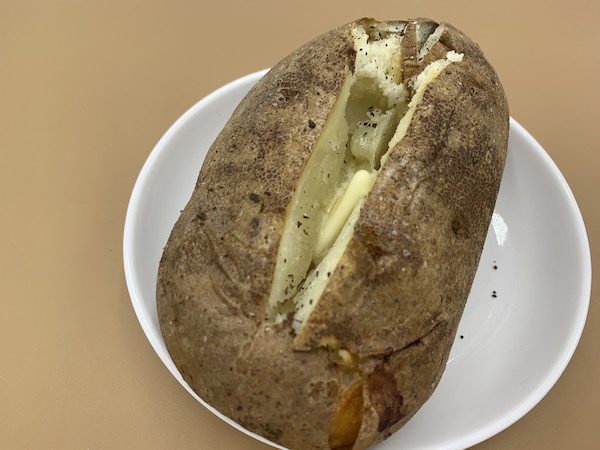Safe Thawing Methods
How to Safely Defrost Frozen Foods
Although frozen foods are considered safe indefinitely, thawing them incorrectly can change everything. Navigating the danger zone (temperatures above 40°F) is a difficult task for many foods, especially proteins. Any bacteria that may have been present before freezing will begin to multiply rapidly in the food when exposed to increased temperature, causing the threat of food borne illness after eating this food to increase sharply.
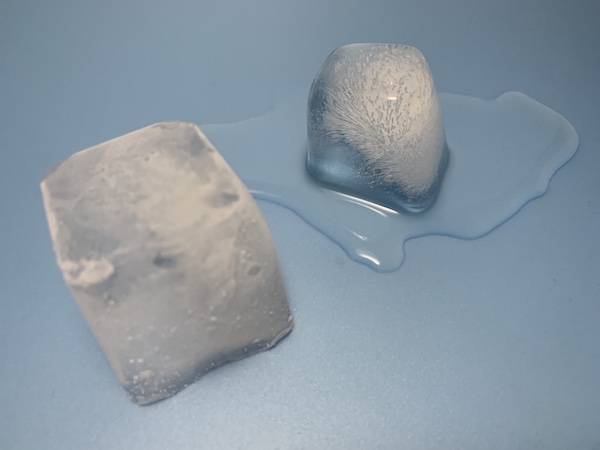
Safe Thawing Methods
Ways to Safely Defrost
According to the USFDA, these are the only three
safe thawing methods.
[1]
Safe thawing can happen in the refrigerator, in cold
water, or in the microwave.
1) The preferred method for defrosting is
in the refrigerator.
Place the frozen item into the refrigerator and
generally it will be defrosted by the next day or
the day after that, depending on the size of the
item. A few items, for instance a turkey, may take
even longer to thaw (see additional info section
below). This is the preferred method because it
allows the item to defrost slowly, while remaining
at a safe temperature that will thwart the growth of
bacteria the whole time. Items that have been thawed
in the refrigerator as safe to consume, cook or even
re-freeze once thawed. Re-freezing foods that were
thawed in this manner are safe to re-freeze,
although they may suffer a loss in quality.
2) The second most commonly accepted thawing method
is to place the item
in cold water to defrost.
This method remains safe as long as the water stays
cold enough to safely maintain the item. The advice
here is to change the water every 30 minutes to
ensure that it remains cold. If that is done, the
item should be safe to do anything with once thawed.
There are a couple of concerns here, one being that
the water temperature is not consistent and the
other is that it is almost impossible to submerge
most items. This leaves part of the item sticking
out into the open air, which is an un-safe way to
thaw. Because of these concerns, it is recommended
to use items thawed in this manner within that same
day. Since this is a quicker thaw than in the
refrigerator, it is generally used for a same day
solution. Foods thawed in this manner should not be
re-frozen unless they are cooked first.
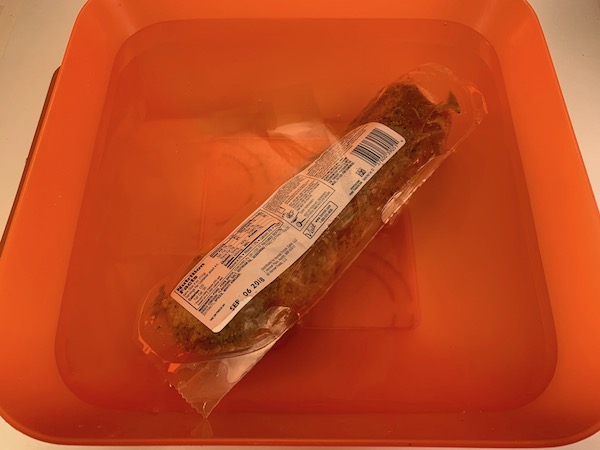
3) Thawing in the microwave is now
recognized as the third acceptable thawing
method.
But, there is an asterisk by this method. Microwave
thawing is fine, but only if the food will be cooked
immediately after thawing. The problem with this
method is that it actually begins to cook the food.
The thinner edges of proteins will often begin to
look cooked after a microwave defrost. Foods
defrosted in this manner should be completely cooked
after removing them from the microwave defrost
cycle. Additionally, foods thawed in the microwave
should not be re-frozen (unless they are then fully
cooked before placing them back into the freezer).
Notes:
1)
Thawing on the counter, or anywhere else besides
the three above listed places, is considered
un-safe.
2) It is safe to cook foods from their
frozen state. Note that we said
safe, not
the best nor the quickest.
Safe Defrosting Methods
Additional Information
For more on frozen turkeys, see our posts on cooking a frozen turkey and thawing a turkey.
Another common question that arises about defrosting is if foods can be re-frozen. For a discussion specific to seafood freezing and re-freezing, see our refreezing fish post.
To find out the best way to purchase shrimp, see our shrimp shopping tip. Shrimp can also be defrosted and then refrozen, but again only if it was frozen and defrosted properly according to the above rules.
For more on the subject of freezing and possible germs, see our post on freezing and germs.


